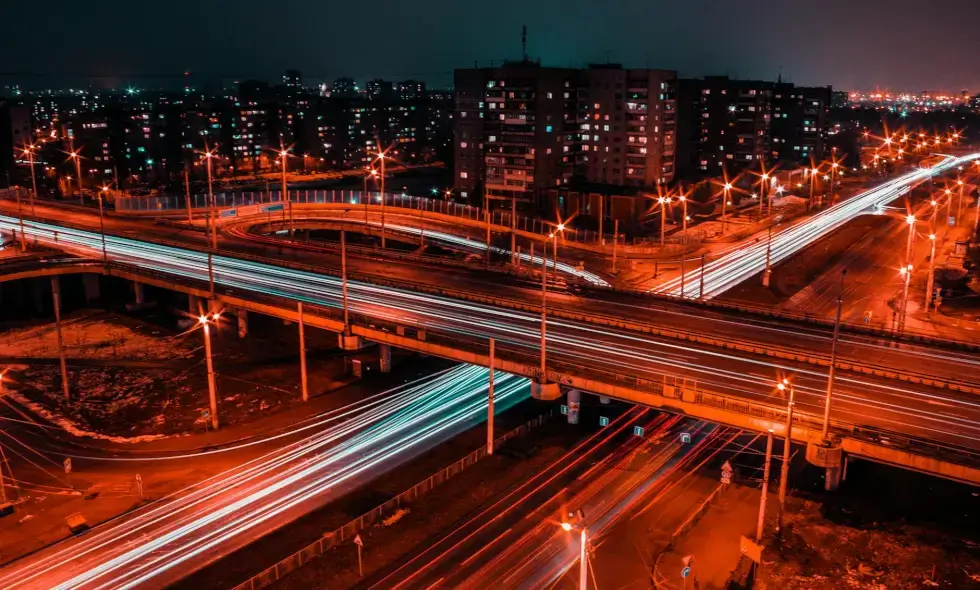The state of Germany's highways is worrying in many ways, especially because of the five thousand bridges in urgent need of repair. These were mostly built in the period before 1985, when designers expected smaller and lighter vehicles and lower traffic loads.
The deterioration of the infrastructure can be largely attributed to the fact that insufficient resources have been spent on bridge renovation and maintenance in recent years. The German government recognizes the problem, but it is not possible to renovate all the bridges at the same time. Federal Transport Minister Volker Wissing stated in 2022 that they want to renovate 400 bridges a year, but the work is a multi-generational task. For example, the Rahmede Bridge in North Rhine-Westphalia was closed at the end of 2021, and after demolition, construction of the new bridge could be completed in 2026 at the earliest. The situation around the Rahmede Bridge clearly shows the challenges: since its closure, the small town of Lüdenscheid and its surrounding villages have been under significant traffic and environmental pressure, leading to kilometers of traffic jams, noise and pollution. All this is aggravated by the financial deficit and rising costs.
The German government must implement severe austerity from 2025 to comply with the constitutional debt brake. Inflation and rising labor costs further increase construction costs. In 2023, 4.6 billion euros were allocated for the renovation of highways and bridges, and this amount is planned to increase to 5 billion euros per year from 2025. However, state-owned Autobahn GmbH says an additional €5.5 billion will be needed between 2025 and 2028 to bring the bridges up to par.



 Deutsch (DE)
Deutsch (DE)
 Greek (GR)
Greek (GR)
 Italiano (IT)
Italiano (IT)
 Magyar (HU)
Magyar (HU)
 Polski (PL)
Polski (PL)
 Română (RO)
Română (RO)
 Slovensky (SK)
Slovensky (SK)
 Slovenščina (SL)
Slovenščina (SL)
 Türkçe (TR)
Türkçe (TR)
 Česká (CZ)
Česká (CZ)







